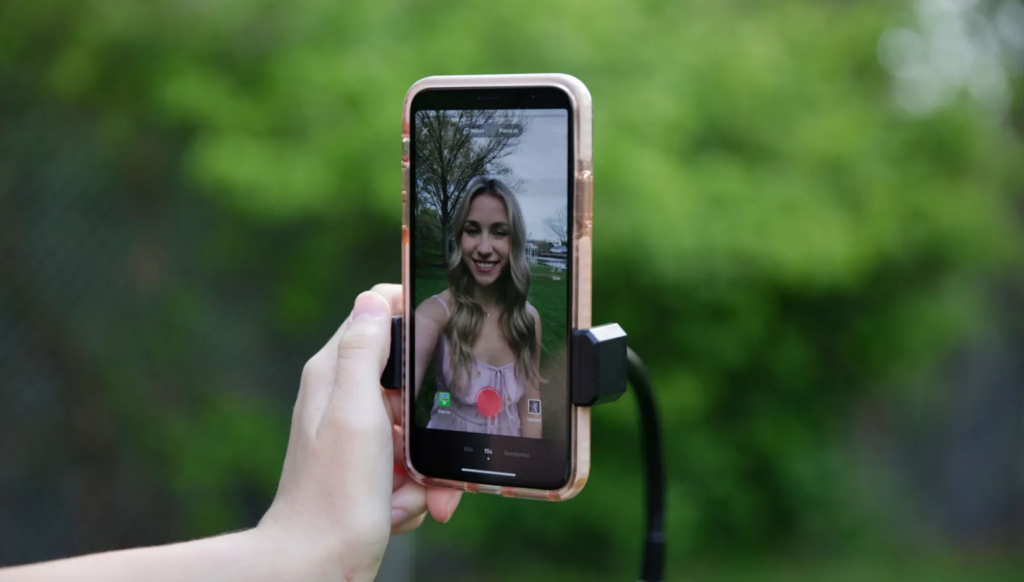As a content creator on TikTok, I have always been conscious of the influence of language on my viewers.
Little did I know that there may be a distinct “TikTok voice” that I, and many others, have inadvertently adopted.

The emergence of “TikTok voice” seems to include linguistic features such as “uptalk” and “vocal fry”.
These features have garnered mixed reactions from viewers and critics alike. The app’s low barrier to entry has attracted a high number of creators, especially females.
Research suggests that young women are often at the forefront of linguistic innovation and are the driving force behind the evolution of language.
Furthermore, TikTok may not only be influencing vocal patterns but also the choice of words used in videos.
It seems that skilled TikTok creators are not only using linguistic features to engage viewers but are also building entire meme genres through their words and intonations.
Despite the potential benefits of adopting “TikTok voice”, it is important to recognize that linguistic patterns like vocal fry and uptalk are often perceived negatively when used by women.
Studies have shown that these features can have damaging consequences, impacting women’s attractiveness, intelligence, and career prospects.
It is essential to address the prejudice associated with linguistic features and recognize that criticisms of uptalk and vocal fry tend to disproportionately focus on women. Research has indicated that these negative perceptions can erode confidence and self-esteem.
In conclusion, while TikTok voice may enhance engagement and creativity, it is crucial to challenge the negative connotations associated with linguistic features.
As a content creator on TikTok, I believe it is imperative to empower individuals to embrace their unique voice without fear of judgement or prejudice.

